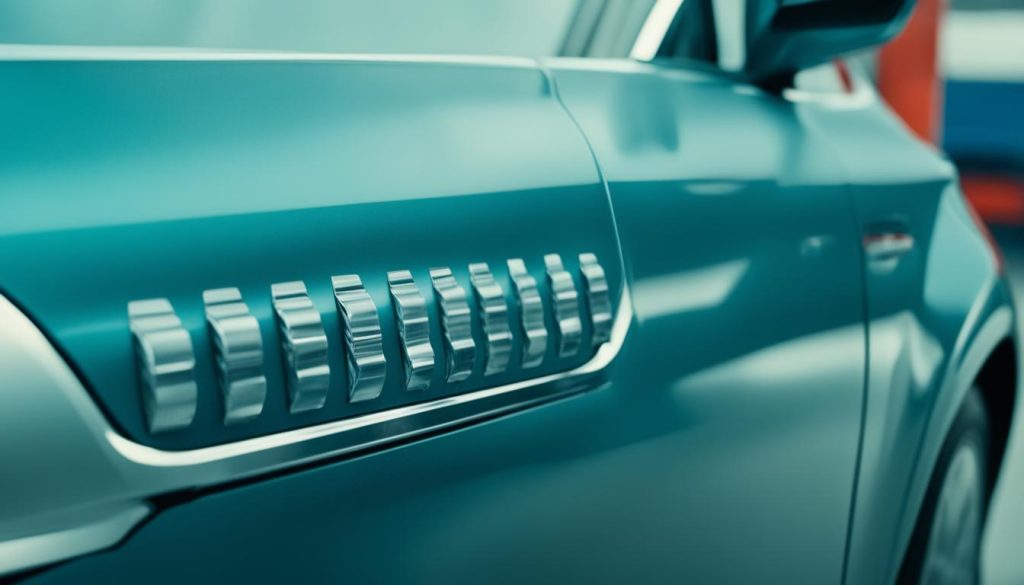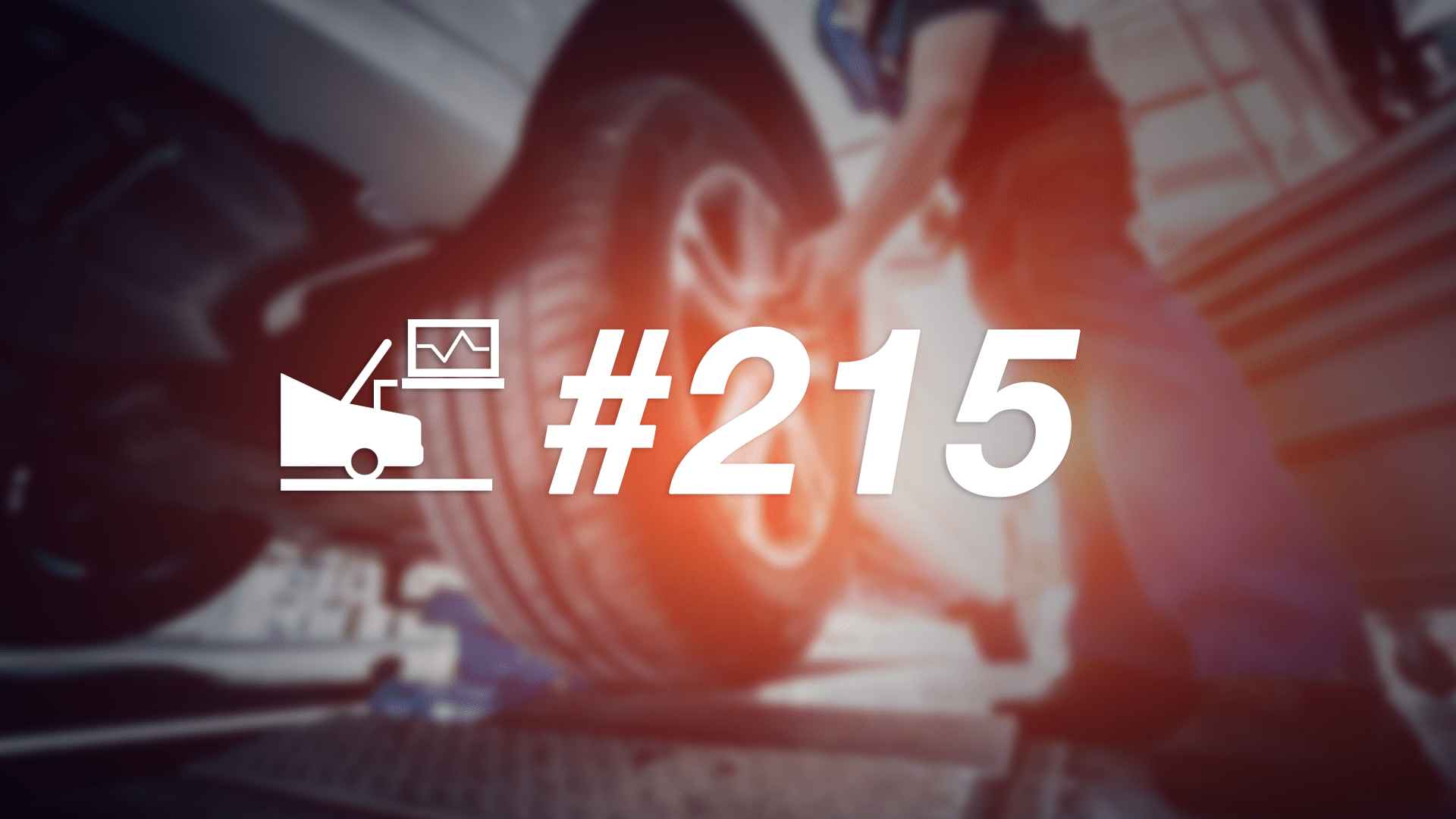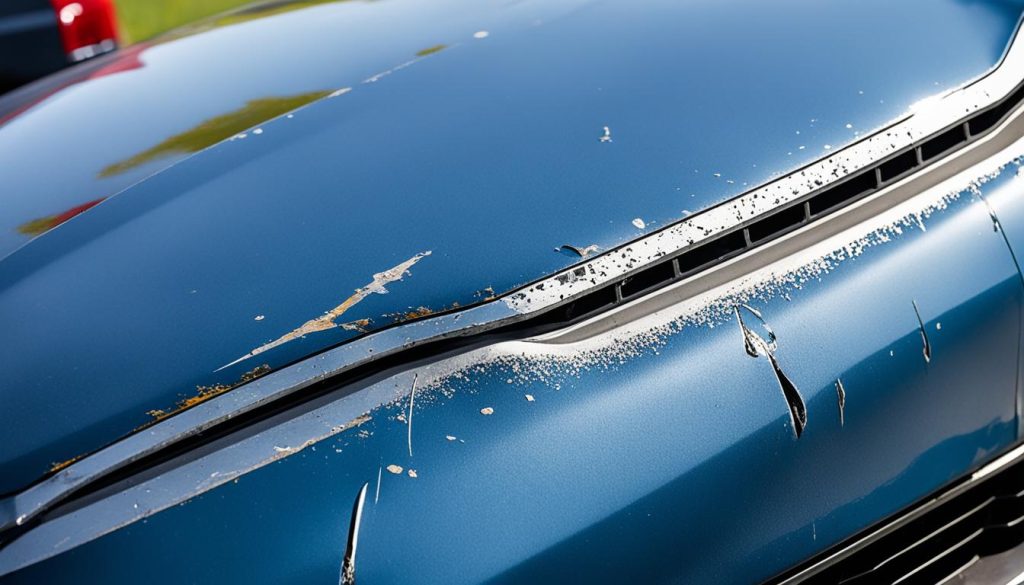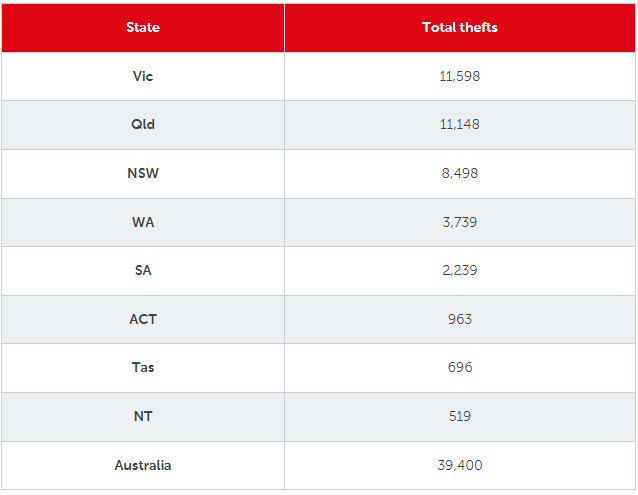Diesel particulate filters (or DPFs) are a key part of the emissions control system in diesel engines. They work by trapping soot and other particles from the exhaust gas, preventing them from being released into the atmosphere. DPFs can reduce emissions of particulate matter by up to 90%, making them an important tool in the fight against air pollution.
The DPF works by collecting soot on a honeycomb-like structure. As the soot builds up, it forms a cake that can eventually restrict the flow of exhaust gas. To prevent this from happening, the DPF needs to be periodically cleaned. This can be done either manually or automatically. During a manual regeneration, the engine is run at high speeds to burn off the soot. An automatic regeneration job occurs when the DPF sensor detects that the filter is becoming blocked. The engine then injects fuel into the exhaust system, which raises the temperature and burns off the soot.
A properly functioning DPF is vital for your diesel vehicle to meet the Australian emissions standards.
What are the benefits of a DPF?
The DPF primarily works to remove soot and other particulates from the exhaust gas of a diesel engine. By trapping these particles, the DPF reduces emissions of harmful pollutants such as black carbon.
A DPF can also help to improve fuel economy by reducing the amount of fuel that is consumed by the engine. As a result, DPFs are an important part of any effort to reduce emissions from diesel engines, while also reducing the use of fuel.
In addition to their environmental benefits, DPFs can also help to improve the performance of diesel engines by reducing clogging and deposits in the engine’s cylinders.
Signs your DPF isn’t working properly
If your car is equipped with a diesel particulate filter (DPF), it’s important to make sure that it’s working properly. Otherwise, you could end up with expensive repairs or even engine damage. So, how can you tell if your DPF isn’t working properly?
One sign that something is wrong is if your car starts to produce more smoke than usual. This could be either white or black smoke, and it’s a sign that the DPF isn’t able to filter out all of the particulates from the exhaust.
Another symptom is a decrease in power, as the DPF will restrict the airflow if it’s blocked. You may also notice an increase in fuel consumption, as the engine has to work harder to compensate for the loss of power. Finally, if you get a warning light on your dash, that’s another indication that there’s a problem with the DPF.
If you notice any of these symptoms, it’s important to take your car to a mechanic as soon as possible. They’ll be able to diagnose the problem and recommend the best course of action.

How to clean a DPF?
Cleaning a DPF is a critical part of maintaining a diesel-powered vehicle. While DPFs are designed to capture and remove particulates from the exhaust, they can become clogged over time. When this happens, the DPF will need to be cleaned in order to continue functioning properly.
There are a few different methods that can be used to clean a DPF, but the most effective way is to use a professional service. This will ensure that the DPF is thoroughly cleaned and that any damage is repaired.
If you decide to clean the DPF yourself, there are a few things you need to keep in mind. First, it is important to use the correct chemicals and cleaners. Second, be sure to follow the manufacturer’s instructions carefully. Finally, make sure that the DPF is completely dry before reinstalling it. By following these steps, you can help extend the life of your DPF and keep your diesel engine running smoothly. However, doing it incorrectly could result in costly damage to your engine.
When it comes to DPF repairs and cleaning, we recommend leaving it to the experts.
#Diesel #Particulate #Filter











